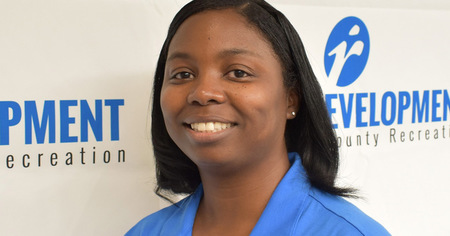A few weeks ago, I wrote about change and the opportunities leaders have to manage change. To be clear: Change and transition overlap, but are different. Changes are situational. Transitions are psychological. All changes spark a transition. And all transitions begin with an ending.
To successfully manage transition, we must help our teams identify the actual change, and then we must lead them through it.
Phase One: Letting Go can be hard. Leaders need to help people cope with their losses, communicating clarity and empathy, while specifically defining what's over and what isn't. I had a coaching friend, a former principal, who says that when she came into any new school, she always interviewed each staff member one-on-one and began by asking them: "Tell me what you hold dear about this school."
Powerful.
Respectful.
I can only imagine how that simple question eased a lot of stress her teachers might have been feeling.
Phase Two: The Neutral Zone is where the old system is finished, but the new has yet to emerge. Leaders need to help their people deal with confusing and conflicting emotions. Leaders can encourage experimentation, create temporary systems and strengthen intragroup connections to keep spirits high. This is the time to ask: "What is possible? What can we courageously (re)create?"
Phase Three: The new beginning involves a new attitude, understanding and identity. All of this helps encourage and reinforce this new beginning. It's a great space to reflect on the 4Ds.
Discover: What are our greatest strengths?
Dream: What are our most exciting opportunities?
Design: What kind of aspirations do we envision?
Deliver: What powerful results are we delivering?
The leader who can positively navigate transitions is building not only his or her resiliency, but the resiliency of the whole organization.
As Elizabeth Lesser writes: "How strange that the nature of life is change, yet the nature of human beings is to resist change. And how ironic that the difficult times we fear might ruin us are the very ones that break us open and help us blossom into what we were meant to be."

Written by Gina Warner, President and CEO of NAA.




